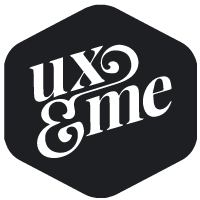User interviews are a powerful tool for unlocking insights that can lead to more effective user experience (UX) design. By directly engaging with users, UX researchers gain valuable feedback that can inform decision-making and result in products and services that better align with user needs and preferences.
To conduct effective UX research through user interviews, it is important to approach the process with a clear understanding of the goals, and to use best practices to ensure that the insights gained from the interviews are valuable and actionable.
The first step in conducting user interviews is to define the research objectives. What specific questions do you want to answer? What are the key areas of user experience that you want to explore? By establishing clear research goals, you can ensure that the interviews are focused and that the insights gained are aligned with the needs of the UX design process.
Once the objectives are defined, it is important to recruit a diverse and representative group of participants. Different users bring different perspectives and experiences to the table, and by engaging with a variety of individuals, you can gain a more comprehensive understanding of the user base. It is also important to make sure that the participants represent the target audience for the product or service, to ensure that the insights gained are relevant and applicable.
During the interviews, it is important to create an environment that is comfortable and conducive to open and honest conversation. Make sure that the participants feel at ease and that they understand that their feedback is valuable and will directly inform the UX design process. Keep the questions open-ended and ask for specific examples, to encourage participants to share detailed and nuanced insights.
In addition to asking about their experiences with the product or service, it can be valuable to explore broader topics related to the user’s needs, pain points, and goals. By understanding the larger context in which users interact with a product or service, you can gain insights that are more holistic and that can inform a more comprehensive UX design strategy.
After the interviews are conducted, it is essential to analyze the insights gained and to identify themes and patterns that emerge. By synthesizing the feedback from multiple interviews, you can identify common pain points, patterns of behavior, and opportunities for improvement. These insights can then directly inform the UX design process, and can result in products and services that more effectively meet the needs and preferences of the user base.
In conclusion, user interviews are a powerful tool for conducting UX research and for gaining valuable insights that can inform the design process. By approaching the interviews with clear objectives, recruiting a diverse group of participants, and creating a comfortable environment for open and honest conversation, researchers can gain insights that directly inform the UX design process and lead to more effective, user-centered products and services.
